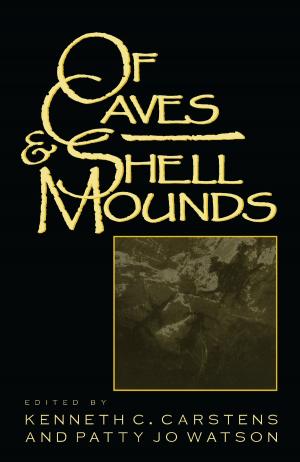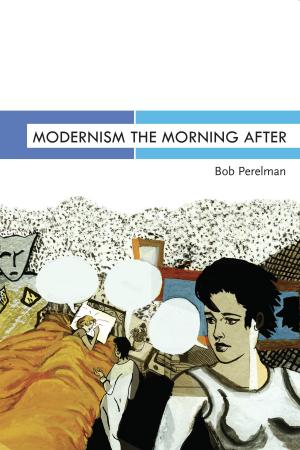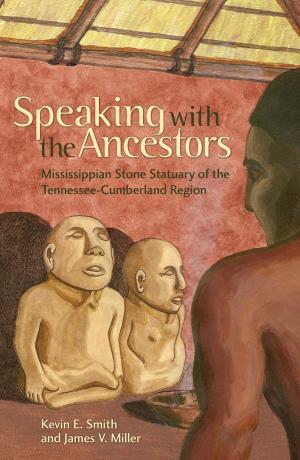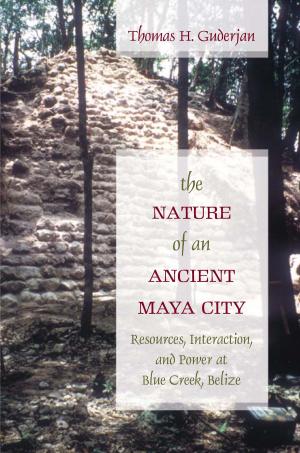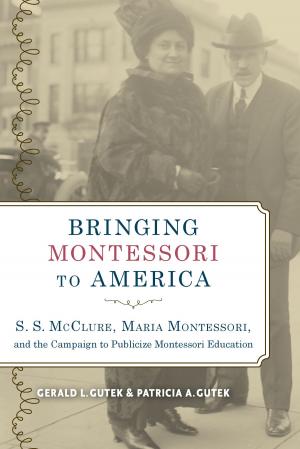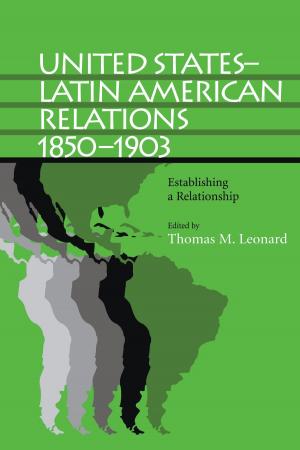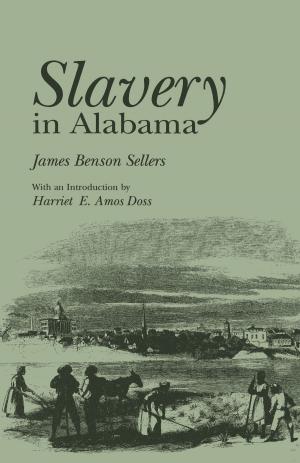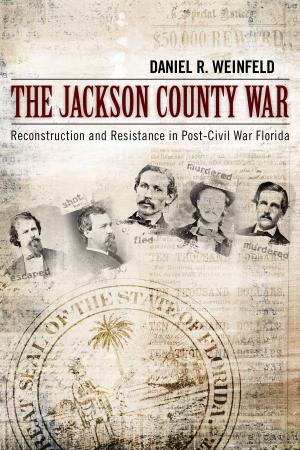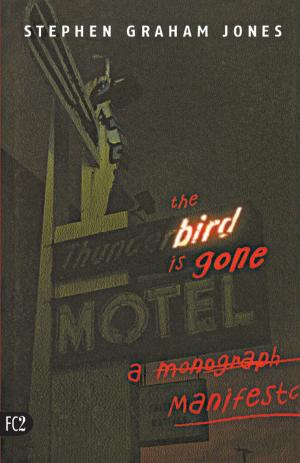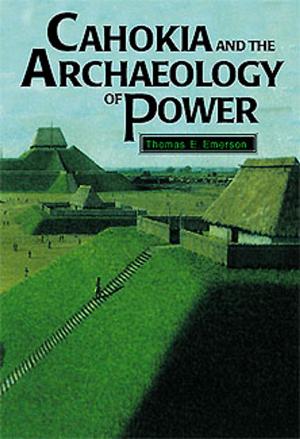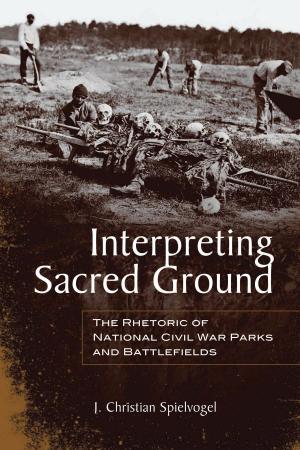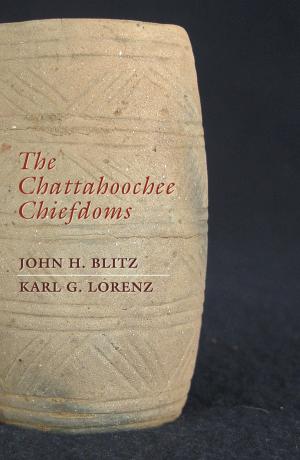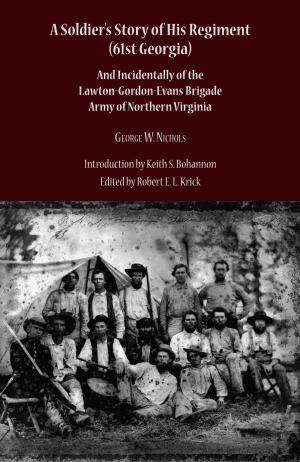| Author: | Lawrence A. Coben | ISBN: | 9780817381318 |
| Publisher: | University of Alabama Press | Publication: | September 26, 2008 |
| Imprint: | University Alabama Press | Language: | English |
| Author: | Lawrence A. Coben |
| ISBN: | 9780817381318 |
| Publisher: | University of Alabama Press |
| Publication: | September 26, 2008 |
| Imprint: | University Alabama Press |
| Language: | English |
A rare view of a childhood in a European ghetto.
Anna Spector was born in 1905 in Korsun, a Ukrainian town on the Ros River, eighty miles south of Kiev. Held by Poland until 1768 and annexed by the Tsar in 1793 Korsun and its fluid ethnic population were characteristic of the Pale of Settlement in Eastern Europe: comprised of Ukrainians, Cossacks, Jews and other groups living uneasily together in relationships punctuated by violence. Anna’s father left Korsun in 1912 to immigrate to America, and Anna left in 1919, having lived through the Great War, the Bolshevik Revolution, and part of the ensuing civil war, as well as several episodes of more or less organized pogroms—deadly anti-Jewish riots begun by various invading military detachments during the Russian Civil War and joined by some of Korsun’s peasants.
In the early 1990s Anna met Lawrence A. Coben, a medical doctor seeking information about the shtetls to recapture a sense of his own heritage. Anna had near-perfect recall of her daily life as a girl and young woman in the last days in one of those historic but doomed communities. Her rare account, the product of some 300 interviews, is valuable because most personal memoirs of ghetto life are written by men. Also, very often, Christian neighbors appear in ghetto accounts as a stolid peasant mass assembled on market days, as destructive mobs, or as an arrogant and distant collection of government officials and nobility. Anna’s story is exceptionally rich in a sense of the Korsun Christians as friends, neighbors, and individuals.
Although the Jewish communities in Eastern Europe are now virtually gone, less than 100 years ago they counted a population of millions. The firsthand records we have from that lost world are therefore important, and this view from the underrecorded lives of women and the young is particularly welcome.
A rare view of a childhood in a European ghetto.
Anna Spector was born in 1905 in Korsun, a Ukrainian town on the Ros River, eighty miles south of Kiev. Held by Poland until 1768 and annexed by the Tsar in 1793 Korsun and its fluid ethnic population were characteristic of the Pale of Settlement in Eastern Europe: comprised of Ukrainians, Cossacks, Jews and other groups living uneasily together in relationships punctuated by violence. Anna’s father left Korsun in 1912 to immigrate to America, and Anna left in 1919, having lived through the Great War, the Bolshevik Revolution, and part of the ensuing civil war, as well as several episodes of more or less organized pogroms—deadly anti-Jewish riots begun by various invading military detachments during the Russian Civil War and joined by some of Korsun’s peasants.
In the early 1990s Anna met Lawrence A. Coben, a medical doctor seeking information about the shtetls to recapture a sense of his own heritage. Anna had near-perfect recall of her daily life as a girl and young woman in the last days in one of those historic but doomed communities. Her rare account, the product of some 300 interviews, is valuable because most personal memoirs of ghetto life are written by men. Also, very often, Christian neighbors appear in ghetto accounts as a stolid peasant mass assembled on market days, as destructive mobs, or as an arrogant and distant collection of government officials and nobility. Anna’s story is exceptionally rich in a sense of the Korsun Christians as friends, neighbors, and individuals.
Although the Jewish communities in Eastern Europe are now virtually gone, less than 100 years ago they counted a population of millions. The firsthand records we have from that lost world are therefore important, and this view from the underrecorded lives of women and the young is particularly welcome.

